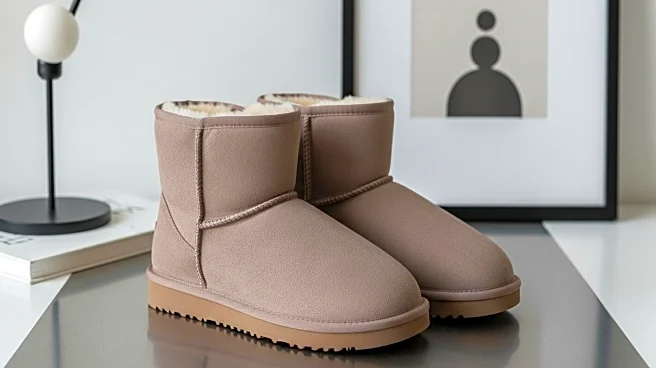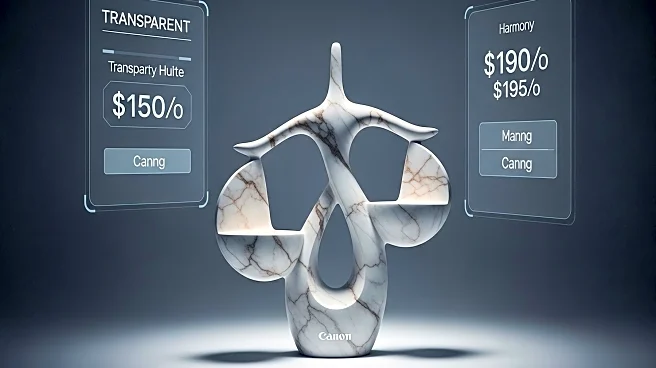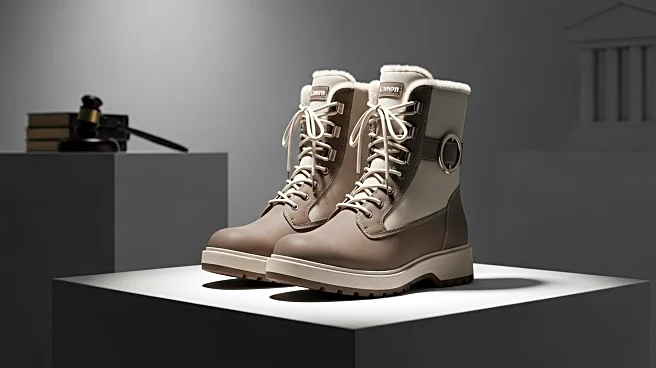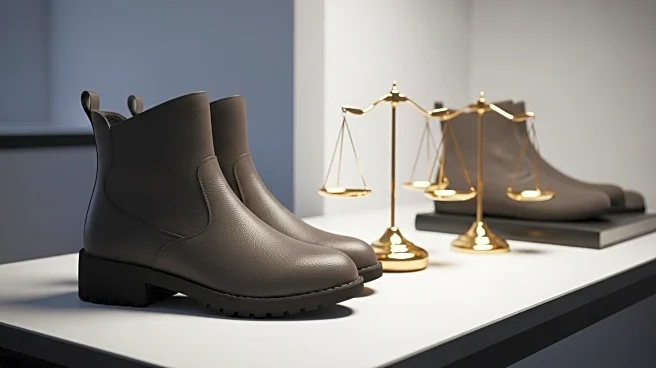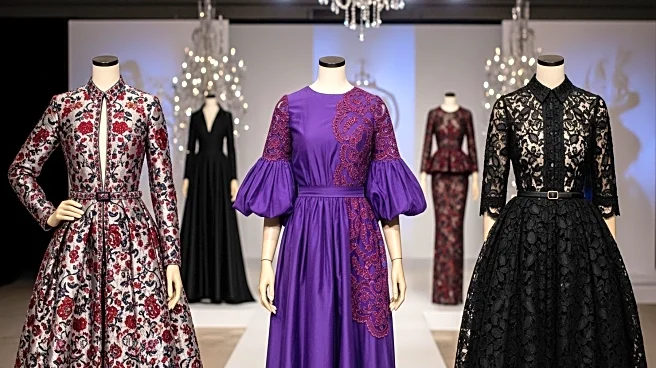What is the story about?
What's Happening?
A federal court in California has ruled against Deckers Outdoor Corporation, the owner of UGG, in a trademark dispute with Quince, a direct-to-consumer brand. The court found that UGG's Classic Ultra Mini boot and Tasman slipper designs are too generic to qualify for trade dress protection. Deckers had accused Quince of infringing on its unregistered trade dress rights and a design patent. Quince argued that the design elements of UGG's products, such as ankle-high suede construction and exposed stitching, are common features in sheepskin footwear and cannot be proprietary to UGG. The court sided with Quince, granting partial summary judgment and determining that the designs are too commonly used to identify a single source.
Why It's Important?
This ruling highlights the limitations of trademark law in protecting product designs that are widely used across the industry. It underscores the challenges brands face in claiming exclusivity over design features that are functional or aesthetic. The decision is significant for fashion brands that rely on trade dress to protect their product appearance, as it reinforces the notion that not all distinctiveness is protectable. Brands may need to explore other legal avenues, such as design patents, to safeguard their designs. The case continues, but the ruling narrows the scope of what Deckers can assert in future claims.
What's Next?
The case will proceed with Deckers' remaining claims, including the trade dress claim related to the Bailey Button boot. The court's decision may prompt Deckers to reassess its legal strategy and explore alternative protections for its designs. Other brands in the fashion industry may also need to consider the implications of this ruling when developing their legal strategies for protecting product designs.
Beyond the Headlines
The ruling serves as a reminder that long-term commercial success and consumer recognition cannot transform widely used product features into protectable trade dress. It may lead to a reevaluation of how brands approach design protection, potentially influencing industry standards and practices.
AI Generated Content
Do you find this article useful?
